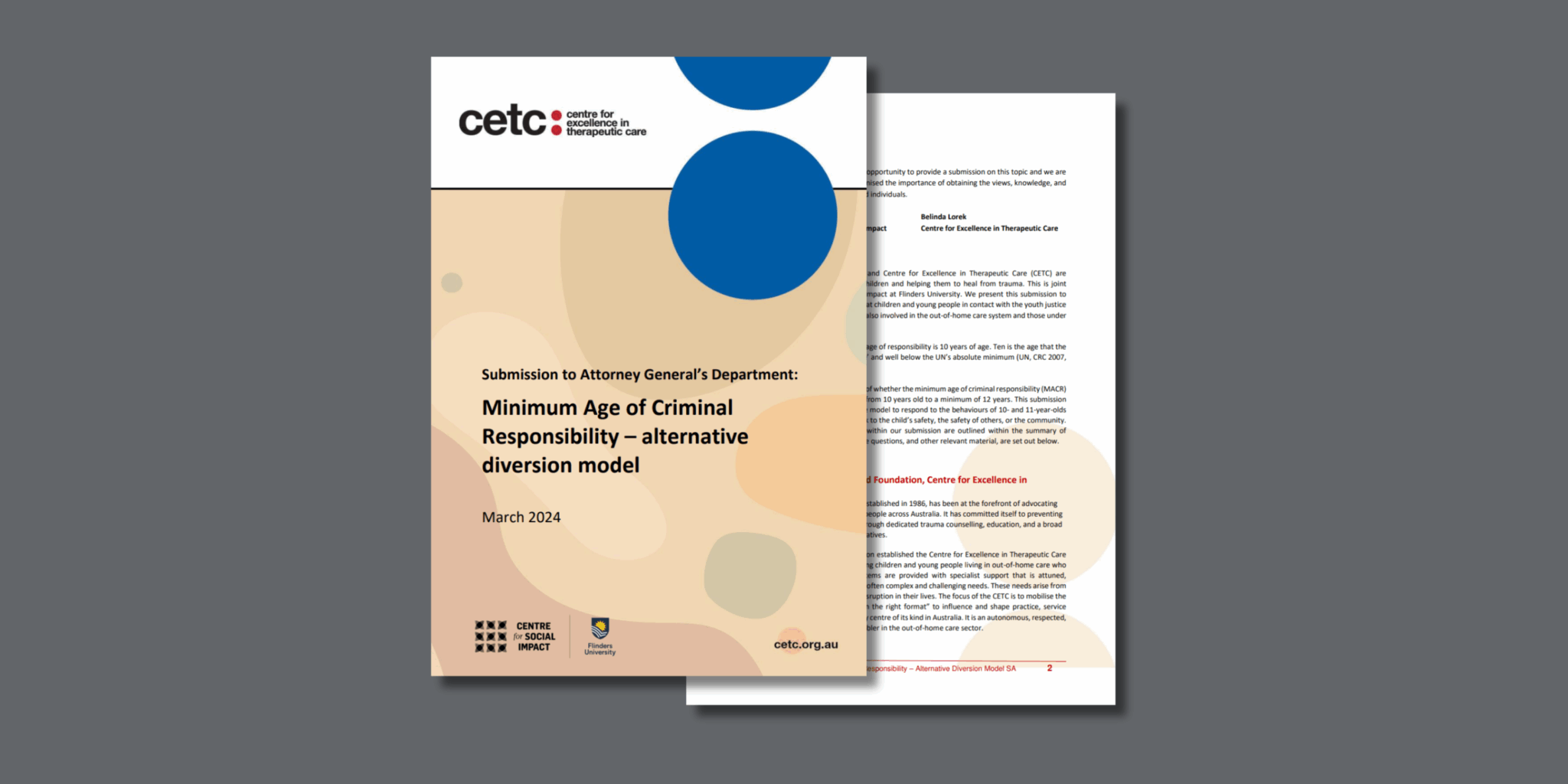
You may be interested in:
Heartfelt is a free, downloadable resource that brings together the voices of children who have experienced abuse and trauma. Through powerful stories of recovery and hope, it offers insight into...
Enhancing the skills, knowledge, and capacity of home based carers and other team members involved in caring for and supporting children and young people. The Fostering Hope Staff Resource Manual...
A free poster covering the rights of all children and young people, written in language they will easily understand. All these rights and more are documented in the United Nations...
